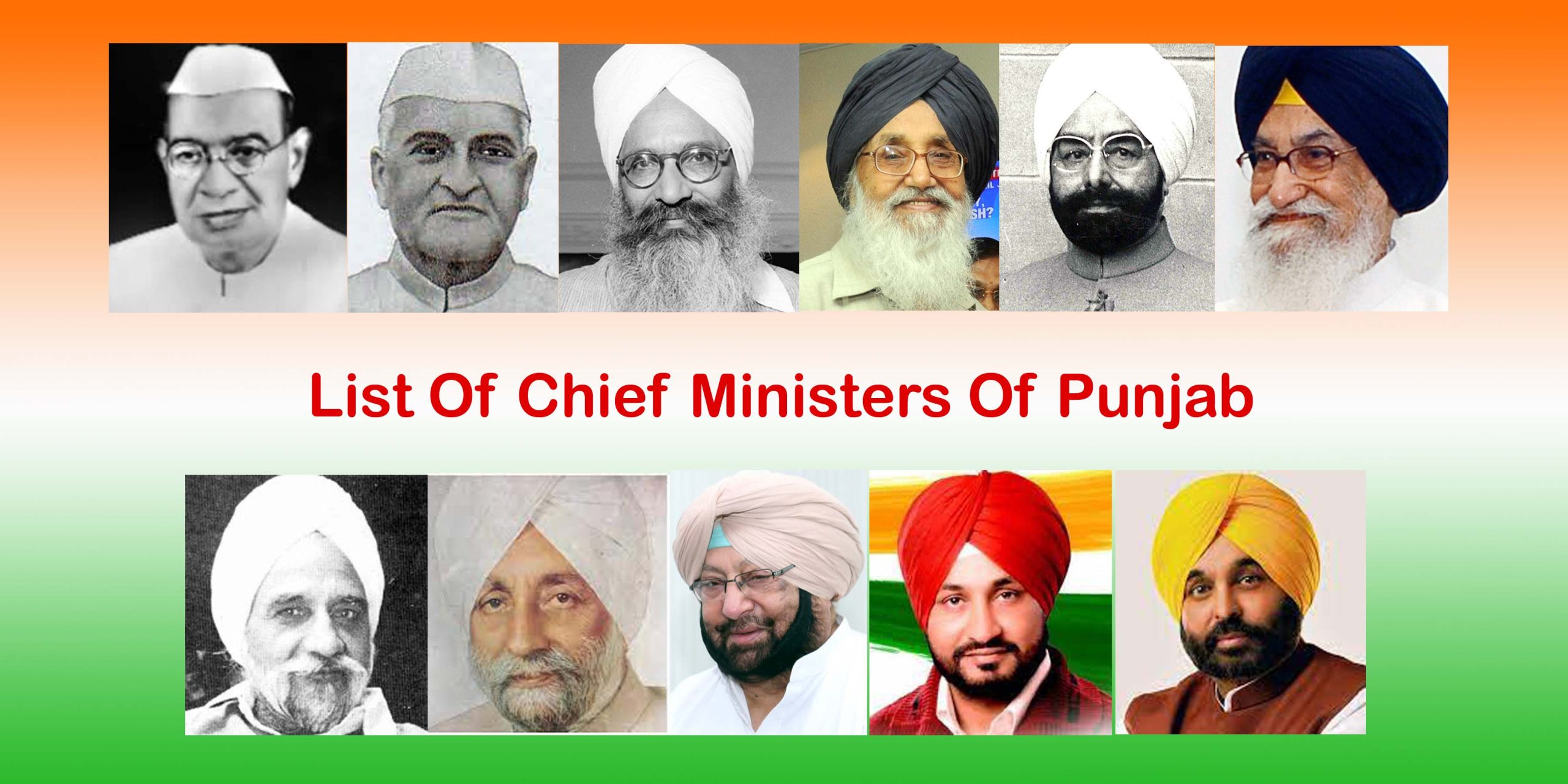
A Journey of Chief Ministers of Punjab Since Independence
Punjab, also known as the ‘Land of Five Rivers,’ plays a big part in India’s history, culture, and politics. Since gaining independence, India has seen its State of Punjab, under the leadership of various Chief Ministers, navigate through extensive political action. In A Journey of Chief Ministers of Punjab Since Independence, what each Chief Minister has done and how they’ve helped Punjab grow and change. A Journey of Chief Ministers of Punjab Since Independence, they have taken turns guiding Punjab through ups and downs, making big moves to help it grow, face tough times, and evolve.
In A Journey of Chief Ministers of Punjab Since Independence, we will examine these leaders more closely, discussing the major projects they undertook, the obstacles they encountered, and their lasting impacts on the state. Let’s dive into the stories of these remarkable leaders and see how they’ve helped shape Punjab into what it is today.
A Journey Through Leadership: Punjab Chief Ministers Since 1947
Gopi Chand Bhargava (1947-1949, 1949-1951)
Gopi Chand Bhargava was Punjab’s first Chief Minister after India became independent. He led the state during its early days of forming a new nation. His time in office was crucial, mainly because it was a period filled with many changes and challenges.
Key Contributions:
- He set up the first administrative system for the new State of Punjab, creating a way to govern despite the difficulties brought by the partition.
- He made it a priority to help refugees, working on giving them homes and helping them become a part of Punjab’s community.
- He started projects to build the state’s infrastructure, like making roads and essential public services, to meet Punjab’s growing needs.
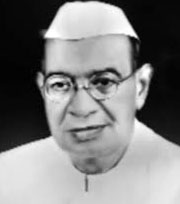
Challenges:
- He had to deal with the demanding situations left by the partition, such as community violence and finding new homes for refugees.
- He worked on setting up a new administration system in a state split up by new borders.
- He faced the task of meeting the state’s development needs with only a few resources available in the economy right after independence.
Legacy: People remember Gopi Chand Bhargava for laying the groundwork for Punjab’s administration and government systems, setting the stage for the state’s future growth and stability.
Bhim Sen Sachar (1949, 1952-1953, 1953-1956)
Bhim Sen Sachar, a prominent figure in Indian politics, became the Chief Minister of Punjab in 1949, shortly after India gained independence and its states established their governance structures. During his tenure, Sachar actively addressed the challenges of India’s partition and laid the foundations for Punjab’s development.

Key Contributions:
- He was vital in creating Punjab’s administration and government systems, laying down the basics for running the state smoothly.
- He concentrated on building the state’s infrastructure, like fixing roads, constructing houses, and improving public services, to help people recover from the partition’s effects.
- He started programs to help improve the lives of less fortunate people, focusing on assisting refugees to settle in and become part of the community after being displaced by the partition.
Challenges:
- He faced the challenging tasks of managing community violence, resettling refugees, and reconstructing a state torn apart by the partition.
- He worked on building a solid system of government to meet the needs of a diverse group of people who had been through a lot, all while setting up Punjab for future growth.
- He faced the challenge of urgently developing the state and caring for its people with only a few resources available in a state that had just gained independence.
Legacy:
- People remember Bhim Sen Sachar for his leadership during a crucial time in Punjab’s history. While helping the state recover after the partition, he set up Punjab’s government system.
- He started projects that helped the state grow. His work solving the tricky problems of finding new homes for refugees and making them part of the community and his efforts to build up the state and look after its people have made a lasting difference in Punjab.
Pratap Singh Kairon (1956-1957, 1957-1962, 1962-1964)
Pratap Singh Kairon, serving as Punjab’s Chief Minister from 1956 to 1964, was an influential leader during a period marked by considerable political, social, and economic transformations. In A Journey of Chief Ministers of Punjab Since Independence, Kairon played a crucial role in shaping Punjab today, advocating for better education, more industries, and improved farming.
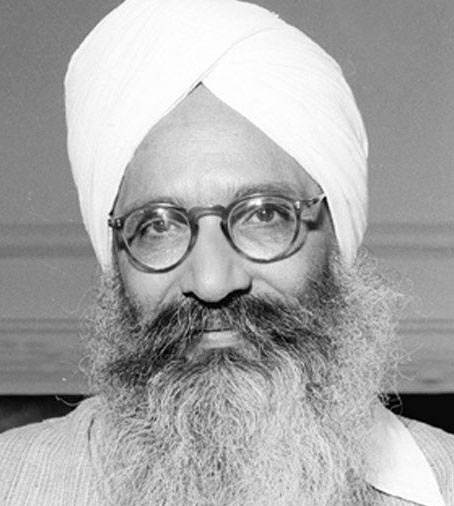
Key Contributions:
- He led the Green Revolution in Punjab, turning the state into the “Granary of India.” His policies introduced better seeds, new farming methods, and many irrigation projects.
- He was crucial in making Punjab an industrial center, helping to establish industrial areas and supporting small and medium businesses to grow the state’s economy.
- He emphasised education as a way to improve society and the economy, creating essential schools and colleges that significantly raised the level of education in Punjab.
Challenges:
- He had to deal with the tricky politics of dividing the state based on language, resulting in Punjab and Haryana becoming separate states in 1966.
- He worked on fixing the differences in wealth and development between various areas and groups in the state, ensuring everyone had fair opportunities.
- He pushed through significant changes in farming, business, and education even though some disagreed, including members of his political party and government workers.
Legacy: People remember Pratap Singh Kairon for his significant changes that led to a time of tremendous growth and wealth in Punjab. His strong vision and willpower changed how farming, industry, and education worked in the state. Despite encountering significant resistance and obstacles, Kairon remains celebrated for his lasting impact as a principal architect of today’s Punjab, recognised for modernising and improving the state.
Ram Kishan (1964-1966)
Ram Kishan held the position of Chief Minister of Punjab shortly before the state’s reformation in 1966. He was in charge during a significant change, with many people asking for a state where Punjabi was the primary language. Ultimately, this movement led to the creation of Haryana and a redefinition of Punjab’s borders.
Key Contributions:
- He focused on maintaining peace and running the government smoothly, even when many people advocated changes to create a state based on language.
- He built better roads, schools, and hospitals to ensure everyone in the state had the necessities to live well and advance.
- He significantly improved farming and water management to help farmers and ensure enough food and water for everyone.
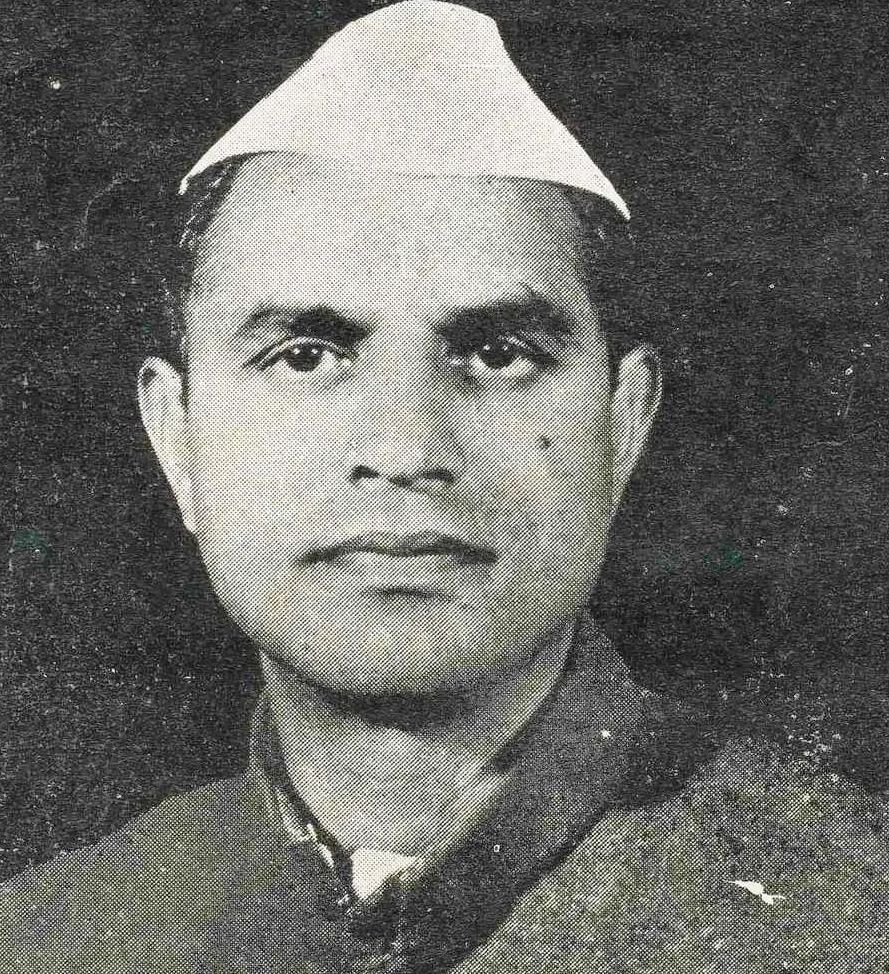
Challenges:
- He had to handle the tricky situation of the Punjabi Suba movement, in which people wanted a state mainly for Punjabi speakers while also addressing the needs of different groups.
- He ensured the government ran smoothly despite political trouble and the significant changes coming with the state’s reorganisation.
- He kept development projects running despite the limited funds and ensured fair distribution of resources across the state.
Legacy: People remember Ram Kishan for leading Punjab during a significant political change. Even when managing a state about to be reshaped, he stayed focused on development and helping the community. His leadership set the stage for what Punjab would become after reorganising it in 1966.
Giani Gurmukh Singh Musafir (1966-1967)
Giani Gurmukh Singh Musafir, a renowned poet and freedom fighter, became the Chief Minister of Punjab immediately following the reorganization of the state’s borders and languages in 1966. During his leadership, he played a crucial role in helping Punjab adapt to its new geography, language, and cultural identity.
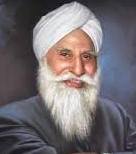
Key Contributions:
- He oversaw the significant task of reorganizing Punjab’s government systems after the state’s reshaping, ensuring a smooth adjustment for all processes and people.
- Knowing how vital farming is for Punjab’s economy, he prioritized agricultural development. He initiated programs to help farmers adapt to change.
- He kicked off programs to help people who didn’t have much, focusing on improving education and healthcare to improve Punjab’s overall well-being.
Challenges:
- He had to handle the enormous task of rearranging the state and dealing with how it would affect the government, the economy, and society after creating Haryana and moving some areas to Himachal Pradesh.
- He worked to keep peace and unity in Punjab as it was figuring out its new identity, making sure to listen to the hopes and worries of its varied communities.
- He worked hard to meet the state’s growth needs with little money. After the reorganisation, services must be built and improved from scratch in several places.
Legacy: People remember Giani Gurmukh Singh Musafir for his forward-thinking leadership at a critical time in Punjab’s history. Despite the formidable challenges of reshaping the state, he established a strong foundation for Punjab’s governance and growth trajectory. His commitment to societal welfare and educational improvement has left a lasting impact on the state’s progress.
Lachhman Singh Gill (1967-1968)
In 1967, during unstable politics, Lachhman Singh Gill became Punjab’s Chief Minister. In A Journey of Chief Ministers of Punjab Since Independence, Lachhman Singh took the reins amid recent adjustments to the state’s borders and the pressing need for stable governance.
Key Contributions:
- He helped steady Punjab’s shaky political scene by getting different political groups within the state to work together and understand each other.
- He kept pushing to improve farming, backing projects that helped farmers and ensuring enough food for everyone.
- He aimed to expand the state’s building projects, improving roads, schools, and hospitals to improve the lives of Punjab’s people.
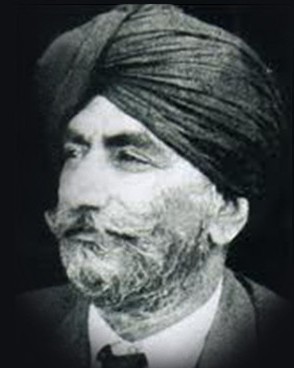
Challenges:
- Gill struggled to keep everyone together, leading a team of different political parties, especially since they often wanted different things.
- He had to tackle the state’s financial issues, focusing on boosting farming and factories, especially since Punjab was still recovering from its reshaping.
- He worked to maintain peace and unite the people of a state that had recently experienced significant change and challenge.
Legacy: Although Lachhman Singh Gill wasn’t in charge for long, people remember him for trying to steer Punjab through tricky political waters and towards more stable times. His leadership set the stage for future growth, even when Punjab still had significant hurdles to overcome.
Gurnam Singh (1969-1970)
Gurnam Singh made history by being the first Chief Minister of Punjab from a party other than Congress. He led the state through a time of significant political shifts. His time in office was vital because it showed a change in Punjab’s politics, moving away from Congress’s long-time control for the first time since India became independent.
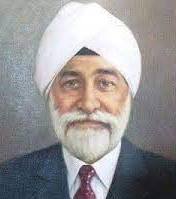
Key Contributions:
- He launched policies to enhance Punjab’s agriculture sector, recognising its critical economic role. That includes backing the Green Revolution technologies that revolutionised farming in the region.
- He concentrated on developing the state’s infrastructure, particularly in rural areas, to guarantee equitable development across Punjab. That involves improving roads, irrigation systems, and access to electricity.
- He launched programs to help people who were poor and made efforts to improve healthcare and education for rural and urban Punjabians.
Challenges:
- He had to lead a team of different political parties, working to keep everyone’s different wants in check while keeping the state’s government stable.
- He addressed the diverse needs and aspirations of various groups in Punjab, particularly as the state was reshaping and amidst changing national politics.
- He tried to grow the economy while ensuring the safety of Punjab’s nature and traditions, even as fast modernisation and industrial expansion occurred.
Legacy: People remember Gurnam Singh for being the first to bring variety to Punjab’s political leadership and for his work in improving farming and building up the state. Even though it was tough leading a government of different parties and dealing with Punjab’s complicated politics and society, he set a strong foundation for how the state would be run and grow.
Parkash Singh Badal (1970-1971, 1977-1980, 1997-2002, 2007-2012, 2012-2017)
Parkash Singh Badal stands out in Punjab’s political landscape. In A Journey of Chief Ministers of Punjab Since Independence, he served as the Chief Minister of Punjab four times, placing him among India’s longest-serving leaders. A vital Shiromani Akali Dal (SAD) party member, he has significantly influenced Punjab’s politics, particularly in matters crucial to the Sikh community and farmers.
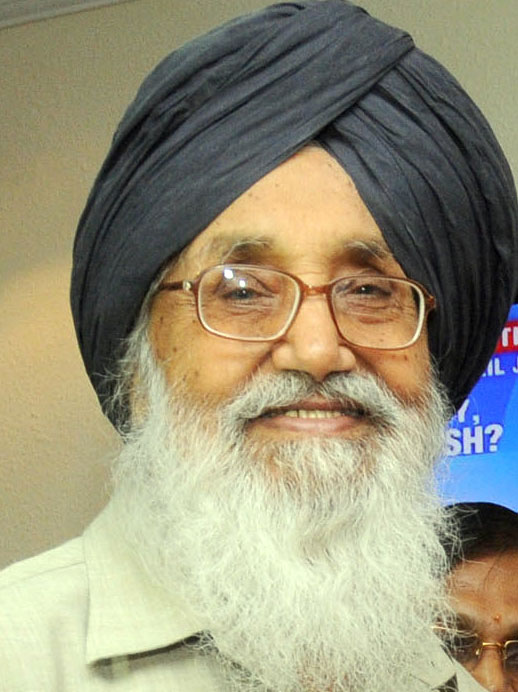
Key Contributions:
- He boosted farming by offering cheaper electricity for farmers, helping Punjab earn its nickname as the “Granary of India.”
- He worked to improve the countryside by improving roads, health centers, and schools, thus improving the lives of rural people.
- He started programs to help different groups of people like older people, women, and those who don’t have much, making Punjab’s support system for its people stronger.
Challenges:
- He had to lead Punjab through the rough period of violence in the 1980s and early 1990s, working hard to bring back peace and stability.
- He tackled problems about sharing water and Punjab’s rights to river waters.
- He tried to keep the economy growing while protecting the environment, significantly when extensive farming depleted groundwater and damaged soil.
Legacy: People remember Parkash Singh Badal for improving farming, the Punjab countryside, and enduring tough times. His leadership has made a significant and lasting difference in the state’s operations and community life.
Zail Singh (1972-1977)
From 1972 to 1977, Zail Singh served as Punjab’s Chief Minister during a period marked by political and social unrest. He was crucial in helping Punjab recover from the Indo-Pakistani War of 1971. He addressed the challenges of unifying and developing the country. Zail Singh later became the President of India, highlighting his long career in politics.
Key Contributions:
- He led significant changes in farming that boosted the Green Revolution in Punjab, significantly increasing how much the state could grow and how much money farmers made.
- He worked on improving the state’s infrastructure, especially irrigation, roads, and electricity in rural areas, to modernise Punjab and enhance people’s lives.
- He started programs to help with education and healthcare, focusing primarily on ensuring people in rural areas could attend school and get medical services.
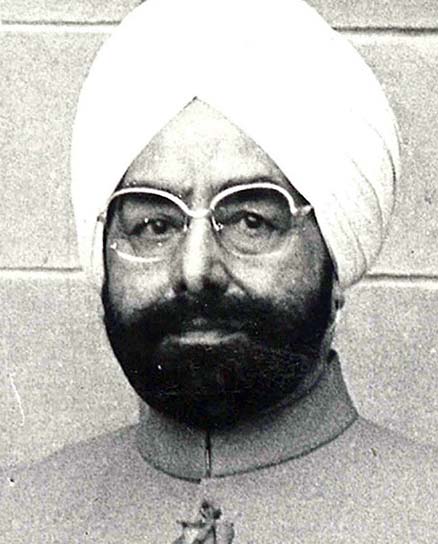
Challenges:
- He had to handle the different hopes and wishes of Punjab’s varied communities, especially making sure everyone had fair chances and representation.
- He guided the state through tricky political times, with new calls for more independence and the early days of the Sikh political movement, which wanted special rights and recognition for Sikhs.
- He aimed to grow the economy while protecting the environment, a task made incredibly challenging by the harsh impact of the Green Revolution’s large-scale farming methods on the land.
Legacy: People remember Zail Singh’s time as Chief Minister for his significant role in making Punjab grow, especially in farming and building things up. His leadership helped turn Punjab into a prominent farming leader in India. Even though he faced political and social hurdles, his work leading and developing the state has had a long-lasting effect on its progress. This work also paved the way for him to become President of India later, highlighting his impressive political career.
Darbara Singh (1980-1983)
Darbara Singh became the Chief Minister of Punjab during high tensions and increasing violence. He was instrumental in steering the state through these challenging times. He worked hard to keep the area calm and safe while pushing forward with plans to improve and develop the region.
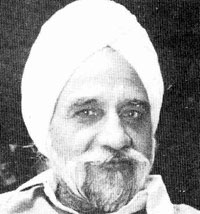
Key Contributions:
- He prioritized restoring peace and safety and took action to combat the growing problems of violence and militancy.
- He worked to strengthen the state’s infrastructure, mainly focusing on better public services and connections to help the economy grow.
- He started programs to help less fortunate people, including ensuring access to better healthcare and education.
Challenges:
- He had to deal with the increasing problem of militancy and the complicated social and political issues causing unrest in the state.
- He needed to balance taking vital, strong security measures and protecting the rights of all communities.
- He aimed to boost the economy and improve social welfare during political turmoil, and safety worries were prominent.
Legacy: People remember Darbara Singh’s unwavering resolve to maintain stability and drive progress despite significant challenges. His leadership during a pivotal period in Punjab’s history laid the groundwork for future efforts to restore peace and prosperity in the state.
Surjit Singh Barnala (1985-1987)
Surjit Singh Barnala was the Chief Minister of Punjab during a tumultuous time, with political chaos and increasing violence. He led the Shiromani Akali Dal and dedicated his tenure to brokering peace agreements and stabilizing the state.
Key Contributions:
- He tried to solve the Punjab crisis by discussing things and using peaceful solutions.
- He aimed to restore law and order and protect the rights and well-being of Punjab’s people.
- He focused on improving rural areas and the farming sector to help farmers and communities improve economically.
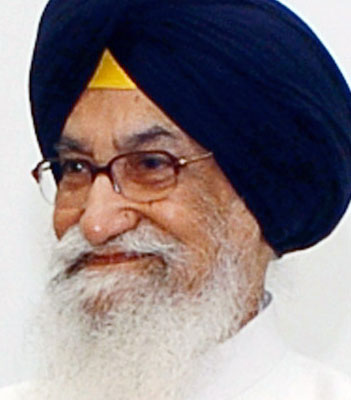
Challenges:
- He had to go through Punjab’s complicated political scene, where people asked for more independence, but the central government didn’t agree.
- He had to keep peace and order during a time of violence and upset people.
- He needed to find a way to push forward with development plans while focusing on the urgent need for peace and stability.
Legacy: Surjit Singh Barnala is remembered for his hard work in trying to solve the Punjab crisis peacefully, even though he faced significant challenges. His time in office showed how complicated Punjab’s political problems were and how important it is to talk things out to find solutions.
Beant Singh (1992-1995)
During a tumultuous period marked by political turmoil and escalating violence, Surjit Singh Barnala served as Punjab’s Chief Minister. He led the Shiromani Akali Dal and dedicated his tenure to negotiating peace agreements and maintaining tranquility within the state.
Key Contributions:
- He tried to solve the Punjab crisis by discussing things and using peaceful solutions.
- He aimed to bring back law and order and protect the rights and well-being of the people in Punjab.
- He focused on improving rural areas and the farming sector to help farmers and communities improve economically.
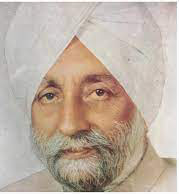
Challenges:
- He had to go through Punjab’s complicated political scene, where people asked for more independence, but the central government didn’t agree.
- He had to keep peace and order during a time of violence and upset people.
- He needed to find a way to push forward with development plans while focusing on the urgent need for peace and stability.
Legacy: People remember Surjit Singh Barnala for his hard work in trying to peacefully solve the Punjab crisis despite facing significant challenges. His tenure demonstrated the complexity of Punjab’s political issues and the importance of engaging in dialogue to seek solutions.
Harcharan Singh Brar (1995-1996)
Harcharan Singh Brar became the Chief Minister of Punjab at a time of significant change. After the assassination of Beant Singh, Brar’s leadership was crucial in stabilising the government and ensuring it continued to run smoothly despite the challenges.
Key Contributions:
- He worked hard to keep peace and order in Punjab after years of violence and insurgency, aiming for a calm and stable state.
- He continued to help those hurt by the past turmoil, focusing on supporting them and restoring normalcy.
- He invested significant effort in developing infrastructure, mainly repairing services and facilities damaged or disrupted during the unrest.
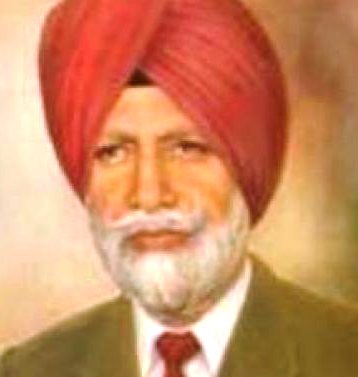
Challenges:
- He had to lead the state right after a major political assassination, which meant he had to handle both security issues and political tensions carefully.
- He needed to meet the social and economic needs of people who were trying to recover from years of violence and chaos, focusing on helping them heal and rebuild.
- He was responsible for keeping Punjab on the path to peace and reconciliation while addressing the wants and expectations of different communities and political groups.
Legacy: Harcharan Singh Brar is known for his steady leadership at a time when things could have gotten unstable. He helped move Punjab further towards recovery and peace. Even though his time in office was short, he was committed to leading in a way that focused on keeping things stable, developing the state, and looking out for the welfare of its people.
Rajinder Kaur Bhattal (1996-1997)
Rajinder Kaur Bhattal made history as the first woman to become the Chief Minister of Punjab, even if it was just for a short time. Her leadership happened during a period of political change, and she’s known for pushing the state towards more development and ensuring women had equal opportunities.
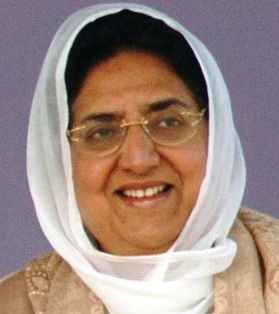
Key Contributions:
- She focused on empowering women and started programs to help improve women’s lives and status in the state.
- She kept working on building better infrastructure, especially in education and healthcare, to make sure people had access to good services.
- She tackled agricultural reforms to help the farmers of Punjab, working to solve problems like farmer debt and to make farming more productive.
Challenges:
- She had to deal with Punjab’s complicated politics, especially in strengthening her leadership role in her party and across the state.
- She tackled economic problems like unemployment and diversifying Punjab’s industries.
- She worked on implementing social welfare programs, even with limited resources, to ensure that help reached those who needed it.
Legacy: Rajinder Kaur Bhattal is celebrated for being Punjab’s first female Chief Minister and for her dedication to social welfare, especially in promoting women’s rights in the state. Even though she wasn’t in office for long, her push for gender equality and social progress has made a lasting difference in Punjab’s society and politics.
Amarinder Singh (2002-2007, 2017-2021)
Captain Amarinder Singh, a seasoned leader from the Congress party and the former Maharaja of Patiala, was the Chief Minister of Punjab for two terms. He’s known for his work on improving how the government runs, boosting the economy, and fighting against drug abuse in the state.
Key Contributions:
- He put in place essential changes to make the government work better and fight corruption, aiming to make things more transparent and efficient.
- He took decisive actions to tackle the drug problem in Punjab, like creating special agencies and improving services to help people recover.
- He worked on getting the state’s economy back on track by changing industrial policies to draw in investments and create jobs.
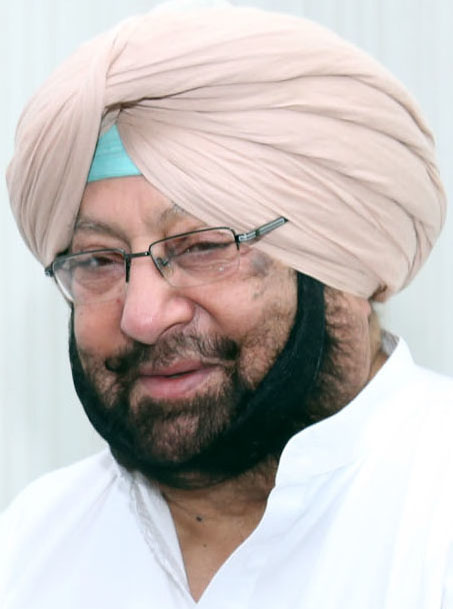
Challenges:
- He had to address the state’s financial issues and manage its debts while trying to increase spending on public welfare and development.
- He addressed problems facing farmers, especially with debt relief and encouraged farming methods that are good for the long term.
- He tackled the issue of insufficient water and environmental problems caused by stubble burning and pollution.
Legacy: People will remember Amarinder Singh for his commitment to enhancing government operations and addressing ongoing challenges in Punjab, including drug abuse and economic growth. His efforts to modernise the state’s economy and improve safety have significantly advanced Punjab.
Charanjit Singh Channi (2021-2022)
Captain Amarinder Singh, a seasoned leader from the Congress party and the former Maharaja of Patiala, was the Chief Minister of Punjab for two terms. He’s known for his work on improving how the government runs, boosting the economy, and fighting against drug abuse in the state.
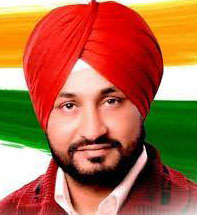
Key Contributions:
- He put in place essential changes to make the government work better and fight corruption, aiming to make things more transparent and efficient.
- He took decisive actions to tackle the drug problem in Punjab, like creating special agencies and improving services to help people recover.
- He worked on getting the state’s economy back on track by changing industrial policies to draw in investments and create jobs.
Challenges:
- He had to address the state’s financial issues and manage its debts while trying to increase spending on public welfare and development.
- He addressed problems facing farmers, especially with debt relief and encouraged farming methods that are good for the long term.
- He tackled the issue of insufficient water and environmental problems caused by stubble burning and pollution.
Legacy: People will remember Amarinder Singh for his dedication to enhancing government operations and addressing persistent challenges in Punjab, such as drug abuse and stimulating economic growth. Through his work in modernising the state’s economy and boosting safety, he has significantly contributed to Punjab’s progress.
Bhagwant Mann (2022-Present)
Bhagwant Mann has marked a significant change in Punjab’s political scene. With his roots in comedy and activism, Mann has brought a new way of thinking to Punjab’s politics as the head of the state’s Aam Aadmi Party (AAP).
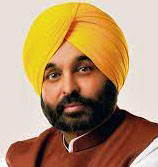
Key Contributions:
- He strongly emphasises transparency and fighting corruption, working to change how the government functions to meet people’s needs better.
- He aims to boost Punjab’s economy by investing in education, healthcare, and farming, trying to solve big problems like farmer debt and youth unemployment.
- He starts projects to make public services and building projects more efficient, focusing on using sustainable methods and renewable energy.
Challenges:
- He’s working to fight deep-rooted corruption and slow-moving bureaucracy in the state’s administration.
- He’s trying to meet the needs of various voters, aiming to improve cities and rural areas.
- He’s dealing with environmental issues and the challenge of managing water in a state that depends significantly on farming.
Legacy: While it’s still too soon to fully judge Bhagwant Mann’s impact, his time in office is notable for his dedication to changing how the government works and boosting Punjab’s economy and social systems. Many people in Punjab view his leadership as a promising time, filled with hope for sustainable progress and inclusive growth.
In summary, A Journey of Chief Ministers of Punjab Since Independence, leaders have influenced the state’s path, leading it through growth, challenges, and significant changes. Their leadership, insight, and efforts have deeply influenced Punjab’s development journey, preparing it for ongoing improvement and success.
On Postswirl blogging site, In A Journey of Chief Ministers of Punjab Since Independence, take a closer look at their achievements. The hurdles they faced and the difference they have made in bringing the state forward.




